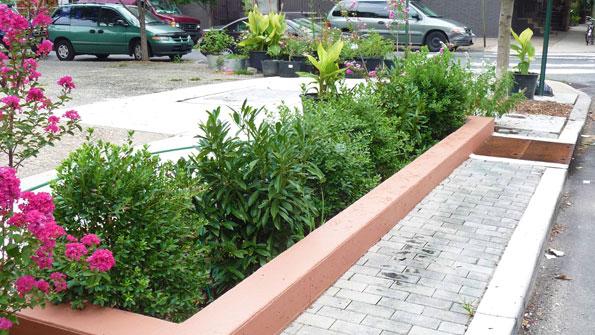EPA issues new Clean Water framework
The U.S. Environmental Protection Agency (EPA) has issued new guidance to help local governments meet their obligations under the Clean Water Act. The Integrated Municipal Stormwater and Wastewater Planning Approach spells out how governments can develop “effective integrated approaches” to reduce pollution from wastewater overflow and stormwater runoff.
The framework identifies the essential elements and operating principles for creating integrated water protection systems, according to the EPA. That includes assessing current water quality and Clean Water Act requirements, prioritizing problems, financing, coordinating with community stakeholders and evaluating progress. The EPA says the framework also “outlines new flexibility” to pursue innovative solutions, like green infrastructure.
The EPA emphasizes that adopting the framework is voluntary and the responsibility for developing an integrated plan rests with each municipality. But there’s a caveat: “The integrated plan will be the starting point for development of appropriate implementation actions, which may include requirements and schedules in enforceable documents.”
The framework highlights the importance of controlling and managing releases of storm and wastewater into local waterways. Overflow from wastewater systems can release untreated sewage, with bacteria and other pollutants that threaten water quality and contribute to disease. Stormwater runoff also carries pollutants and can cause soil erosion and destroy vegetation.
The framework is available on the EPA website. The agency says the website will “provide practical examples of how municipalities are implementing this approach, as they become available.”




















